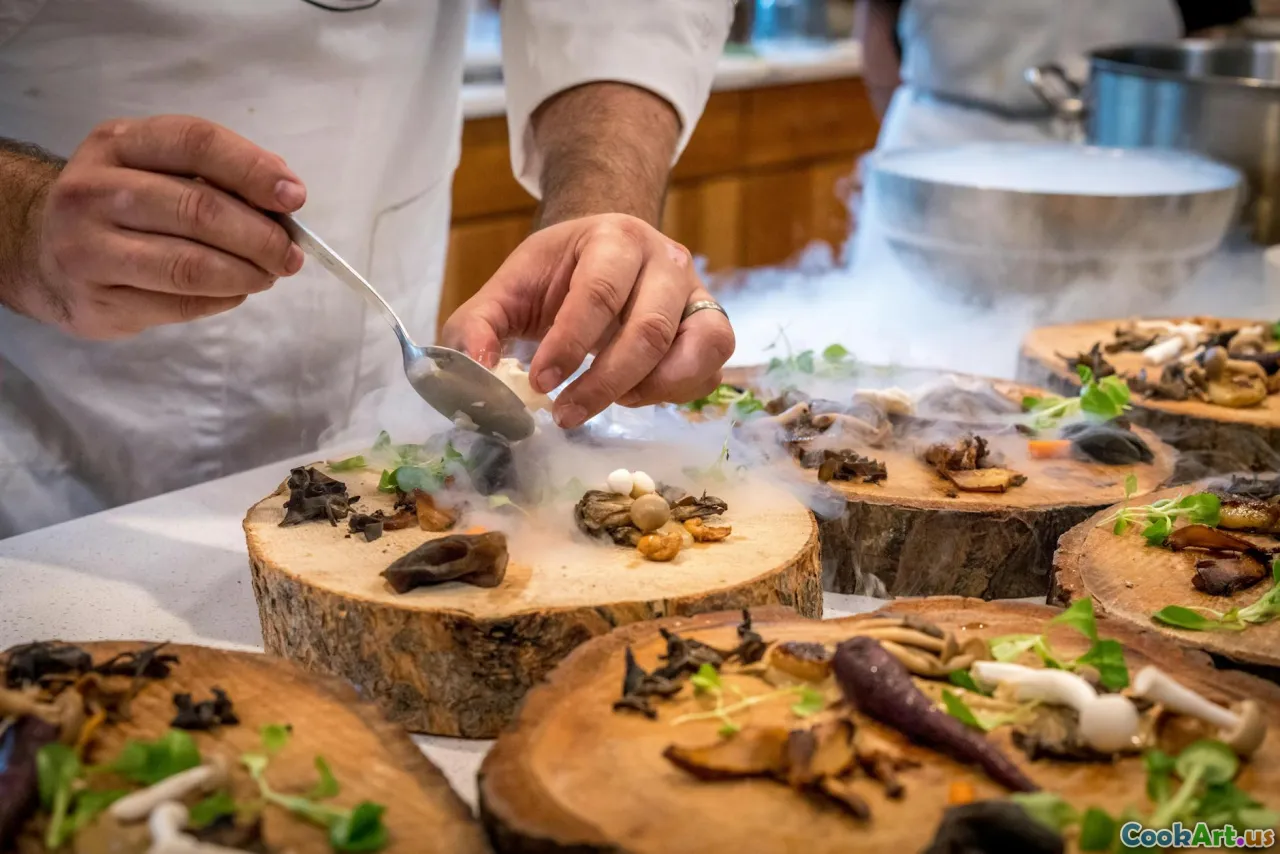Mastering the Sauté Technique
6 min read Unlock the secrets of sautéing for perfect flavor and texture in every dish with these expert tips and techniques. April 07, 2025 14:00
Mastering the Sauté Technique
Sautéing is a quintessential cooking technique that combines speed, precision, and flavor enhancement. Whether you’re a novice cook or a seasoned chef, mastering the sauté technique can elevate your culinary creations to new heights. This article will guide you through the essentials of sautéing, including tips, tricks, and cultural insights that highlight its versatility.
What is Sautéing?
Sautéing, derived from the French word “sauter,” meaning “to jump,” involves cooking food quickly in a small amount of fat over relatively high heat. This method is ideal for vegetables, meats, and seafood, allowing for the development of complex flavors and textures without losing the integrity of the ingredients.
Key Characteristics of Sautéing:
- Quick Cooking: Sautéing typically takes only a few minutes, making it perfect for weeknight dinners.
- High Heat: The high temperature helps to caramelize the natural sugars in food, resulting in a rich flavor.
- Minimal Fat: Unlike frying, sautéing requires only enough fat to prevent sticking, allowing the natural flavors to shine.
Essential Equipment
To master the sauté technique, you’ll need the right tools:
- A Heavy-Bottomed Pan: A skillet or sauté pan made of stainless steel or cast iron is ideal. These materials retain and distribute heat evenly.
- A Spatula or Wooden Spoon: For stirring and flipping ingredients without scratching your cookware.
- A Lid (optional): While not always necessary, a lid can help to steam ingredients and speed up cooking time for tougher vegetables or meats.
The Sautéing Process
1. Preparation
Before you begin sautéing, proper preparation is crucial. Cut your ingredients into uniform sizes to ensure even cooking. For vegetables, consider the cooking time; denser veggies like carrots may need to be sliced thinner than softer ones like bell peppers.
2. Choosing the Right Fat
The type of fat you use can significantly impact the flavor of your dish. Options include:
- Olive Oil: Great for Mediterranean dishes.
- Butter: Adds richness and depth, especially when mixed with oil to prevent burning.
- Grapeseed or Canola Oil: Neutral oils that have high smoke points, suitable for high-heat sautéing.
3. Heating the Pan
Heat your pan over medium-high heat until it’s hot but not smoking. You can test if it’s ready by adding a drop of water – it should sizzle and evaporate quickly.
4. Adding Ingredients
Add your fat and allow it to heat before introducing your ingredients. Start with aromatics like garlic or onions, stirring frequently to avoid burning. Once they’re fragrant, add the rest of your ingredients in stages, starting with those that take longer to cook.
5. Stirring and Tossing
Stirring is essential to prevent sticking and ensure even cooking. For a little flair, you can toss the ingredients in the pan, just like chefs do on TV!
6. Seasoning
Season your dish during the cooking process to build layers of flavor. A pinch of salt can enhance the natural taste of your ingredients.
7. Finishing Touches
Once your ingredients are cooked to perfection, consider adding a splash of acid, such as lemon juice or vinegar, to brighten the flavors. Fresh herbs can also add a burst of freshness just before serving.
Cultural Insights
Sautéing is not just a cooking technique; it’s a foundational practice in many global cuisines. In French cooking, the technique is celebrated for its ability to bring out the best in ingredients. In Asian cuisine, particularly in stir-fry, sautéing emphasizes quick cooking over high heat, allowing for vibrant colors and crisp textures.
Common Mistakes to Avoid
- Overcrowding the Pan: This traps steam and prevents proper browning. Cook in batches if necessary.
- Using Too Low Heat: Insufficient heat will result in soggy ingredients instead of a nice sear.
- Neglecting to Preheat: Always ensure your pan is hot before adding oil and ingredients for optimal results.
Conclusion
Mastering the sauté technique opens up a world of culinary possibilities, enabling you to create dishes that are not only delicious but also visually appealing. With practice and attention to detail, you can harness this skill to impress family and friends with your cooking prowess. So grab your pan, heat things up, and let the sautéing adventures begin!









